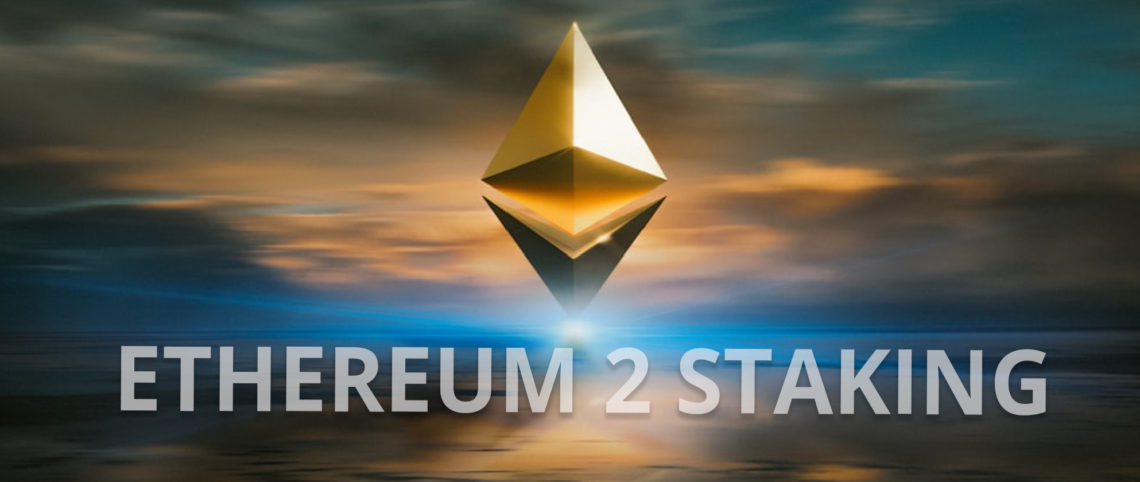- Ethereum 2 is something like four years postponed and will soon hit the market
- Vitalik Buterin guarantees it’ll send off soon as investors continue with their wait
- Proof of-work (PoW) will be deliberately transitioned away from and supplanted with proof of-stake (PoS)
It is a change that accompanies an exorbitant hindrance to passage for most excavators, thusly permitting hazardous Ethereum 2 fluid marking to turn out to be more well known. Starting around 2009, Bitcoin validators have depended on a basic confirmation, work, to check that an excavator merits the coinbase reward.
Payable at regular intervals to the excavator who appropriately hashes a square of substantial exchanges, the coinbase is an advantageous 6.25 BTC ($210,000) sponsorship. These prizes and related exchanges expenses paid more than $15 billion to Bitcoin excavators throughout recent months ⏤ the biggest security spending plan of any blockchain on the planet.
Any normal PC, laptop, or microcomputer can run a full Bitcoin hub and approve all exchanges utilizing proof-of-work. The modest expense of working a completely approving hub has decentralized a huge number of Bitcoin hubs across the globe, more than 15,000 of which are online all of a sudden.
PoW for ETH
Starting around 2014, Ethereum has utilized a comparable PoW, paying billions for excavators to get its blockchain. Working all day, every day for more than 10 years, proof-of-work is the most seasoned and most tried strategy to get a blockchain.
Engineer Tim Beiko affirmed one more deferral in April, expressing the Ethereum Merge would in all probability happen in the fall of 2021. Leaving this model, ETH 2 will lessen mining and change to verification of-stake. Rather than work, clients will depend on ETH validators to demonstrate the size of their stake and approve squares of exchanges.
Ethereum 2 will pay validators 3-10% yearly yield as remuneration for projecting these votes. What amount does it cost to initiate a bunch of validator keys in Ethereum 2? The response is a faltering 32 ETH ⏤ a $80,000 total that rejects billions of individuals from any expectation of truly turning into a validator.
Lido’s entry into the market
Since just the well off can stand to partake in Ethereum 2 as a free validator, regular clients should pool their assets together and delegate their votes. In addition, pooling usefulness isn’t locally upheld inside the Ethereum 2 convention, so the vast majority should unify their assets with privately owned businesses or ventures.
This carries us to Lido DAO (LDO), the biggest overseer of ETH 2 fluid marking. Not at all like on-chain ETH 2 marking, Lido investors don’t lose admittance to a large portion of their cash. All things considered, Lido quickly repays their marked ETH with a restrictive token, stETH (signifying marked ETH). With stETH and ETH purportedly fixed 1:1 by Lido, clients can acquire marking awards without really marking the entirety of their cash.
Also read: UST peg protection on as Luna deploys $1.5b loan in BTC
Fluid marking essentially alludes to the deal presented by Lido; store your ETH with us, get one more attractive symbolic back: stETH. Admittance to right now liquidity from one’s marked ETH makes sense of the namesake: fluid marking.
Having $11 billion or 33% of all ETH 2 fluid stakes to date in care, Lido has abruptly become one of the main security weaknesses of Ethereum 2 — despite the fact that it’s anything but a piece of Ethereum 2 by any means.

Nancy J. Allen is a crypto enthusiast, with a major in macroeconomics and minor in business statistics. She believes that cryptocurrencies inspire people to be their own banks, and step aside from traditional monetary exchange systems. She is also intrigued by blockchain technology and its functioning. She frequently researches, and posts content on the top altcoins, their theoretical working principles and technical price predictions.


 Home
Home News
News










